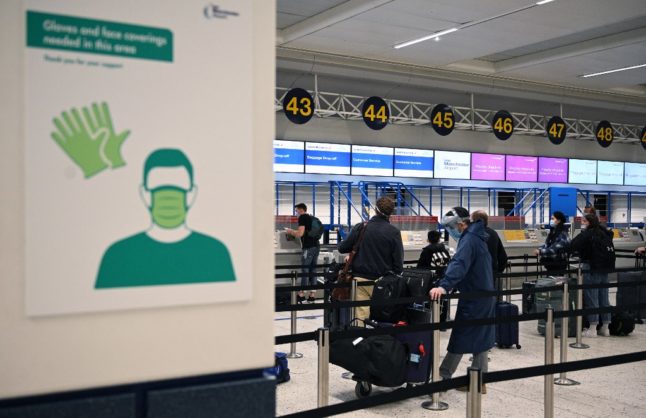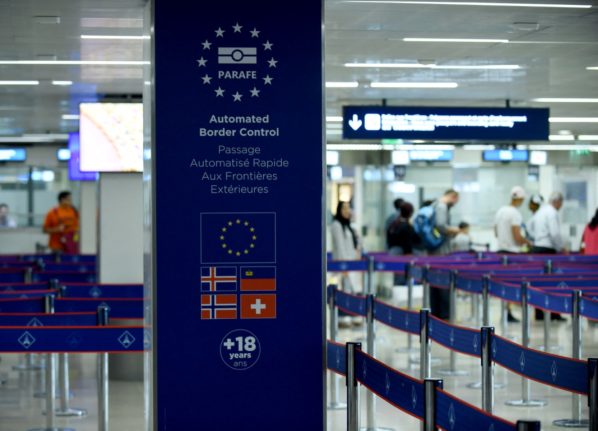From April 7th-30th, these travellers can forgo a two-week quarantine to enter Italy.
The three countries have been included in a list of over 30 countries, most in the European Union, in which the mandatory quarantine is shortened to five days from 14.
EXPLAINED: Which travellers have to quarantine in Italy and for how long?
The new rules taking effect on Tuesday reflect, in part, the progress of vaccination campaigns in Israel and Britain.
The below chart from Our World in Data shows the stark difference between the number of people vaccinated in the UK and Israel compared with Italy and Austria.

In Austria, however, the two-week quarantine is still in effect for those from the Tyrol, where the South African coronavirus variant has been circulating.
People from countries on the list with fewer restrictions still have to submit a negative test taken within 48 hours of arrival in Italy, and take a second test following their five-day quarantine.
Travel to Italy from the UK has been heavily restricted since late December 2020, when an entry ban was placed on all travellers who had stayed in, or passed through the UK as the new, more infectious British variant of coronavirus gained traction.
Arrivals from EU countries were still allowed, but on March 30th Rome initiated a five-day quarantine rule for these countries, too.
Italy spent the Easter weekend under lockdown, with all restaurants and most shops closed, as all of the country was made a restricted ‘red’ zone.
As of Tuesday, some regions will return to ‘orange’, with slightly loosened restrictions on movement, but bars and restaurants remain shut, with only take-away service allowed.
The first country in Europe to be hit by the coronavirus pandemic, Italy has so far reported more than 111,000 Covid-19 related deaths.



 Please whitelist us to continue reading.
Please whitelist us to continue reading.
Member comments